Categories
Recent Posts
- US agrees to withdraw troops from key drone base in Niger
- CPDM Crime Syndicate repays CFA39.8bn debt with new borrowings
- Kenya: Helicopter crash kills defense chief and nine senior officers
- 4th Cameroon Investment Forum opens in Douala
- Cameroon doctors flee to Europe, North America for lucrative jobs
Archives
- April 2024
- March 2024
- February 2024
- January 2024
- December 2023
- November 2023
- October 2023
- September 2023
- August 2023
- July 2023
- June 2023
- May 2023
- April 2023
- March 2023
- February 2023
- January 2023
- December 2022
- November 2022
- October 2022
- September 2022
- August 2022
- July 2022
- June 2022
- May 2022
- April 2022
- March 2022
- February 2022
- January 2022
- December 2021
- November 2021
- October 2021
- September 2021
- August 2021
- July 2021
- June 2021
- May 2021
- April 2021
- March 2021
- February 2021
- January 2021
- December 2020
- November 2020
- October 2020
- September 2020
- August 2020
- July 2020
- June 2020
- May 2020
- April 2020
- March 2020
- February 2020
- January 2020
- December 2019
- November 2019
- October 2019
- September 2019
- August 2019
- July 2019
- June 2019
- May 2019
- April 2019
- March 2019
- February 2019
- January 2019
- December 2018
- November 2018
- October 2018
- September 2018
- August 2018
- July 2018
- June 2018
- May 2018
- April 2018
- March 2018
- February 2018
- January 2018
- December 2017
- November 2017
- October 2017
- September 2017
- August 2017
- July 2017
- June 2017
- May 2017
- April 2017
- March 2017
- February 2017
- January 2017
- December 2016
- November 2016
- October 2016
- September 2016
- August 2016
- July 2016
- June 2016
Featured
Most Commented Posts
 4 Anglophone detainees killed in Yaounde
4 Anglophone detainees killed in Yaounde
19 comments Chantal Biya says she will return to Cameroon if General Ivo Yenwo, Martin Belinga Eboutou and Ferdinand Ngoh Ngoh are sacked
Chantal Biya says she will return to Cameroon if General Ivo Yenwo, Martin Belinga Eboutou and Ferdinand Ngoh Ngoh are sacked
13 comments Anglophone Nationalism: Barrister Eyambe says “hidden plans are at work”
Anglophone Nationalism: Barrister Eyambe says “hidden plans are at work”
12 comments The Anglophone Problem – When Facts don’t Lie
The Anglophone Problem – When Facts don’t Lie
12 comments Largest wave of arrest by BIR in Bamenda
Largest wave of arrest by BIR in Bamenda
10 comments
Latest Tweets
Featured
-

US agrees to withdraw troops from key drone base in Niger
-

CPDM Crime Syndicate repays CFA39.8bn debt with new borrowings
-

Kenya: Helicopter crash kills defense chief and nine senior officers
-

4th Cameroon Investment Forum opens in Douala
-

Cameroon doctors flee to Europe, North America for lucrative jobs
-

Dortmund sink Atletico to reach Champions League semi-finals
-

US: Trump media group plans TV streaming platform
© Cameroon Concord News 2024
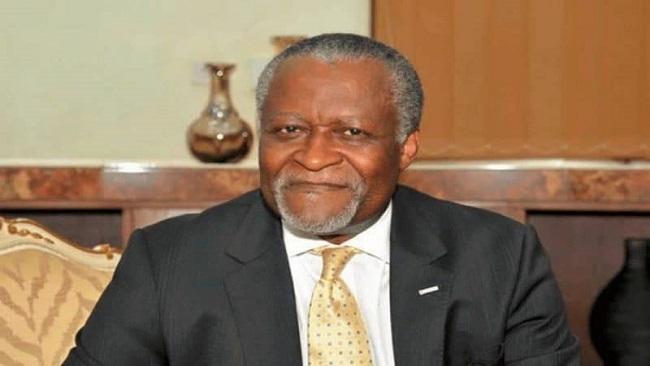
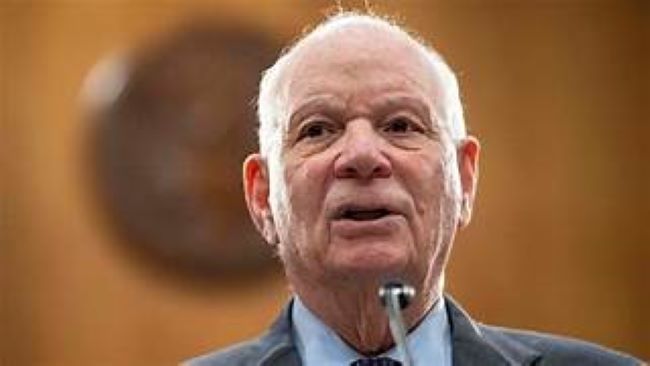
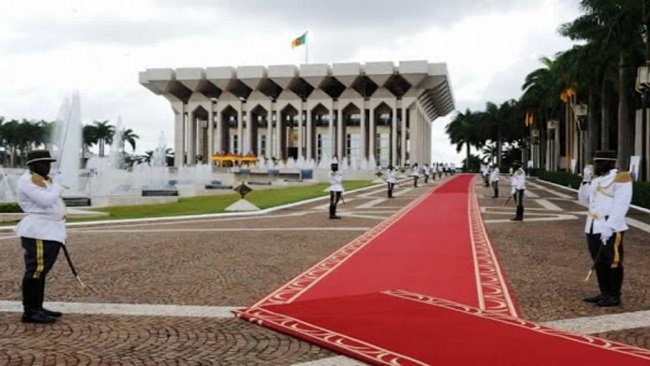
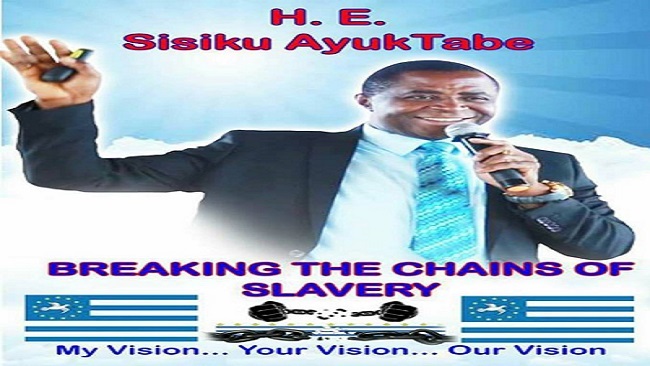
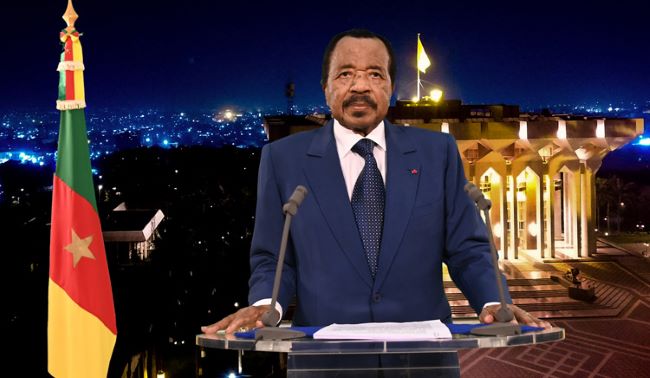
11, March 2019
Fake News: Did a former minister in Cameroon really burn embezzled money? 0
In early March, a video showing a room filled with stacks of euro bills, some of which were burned, began circulating widely in Russia, Cameroon and Haiti. Social media users in these three countries all made the same claims: that this video offered proof that a politician or oligarch was manufacturing fake money. It turns out, however, that this video actually shows an art installation in Madrid, Spain. Its creator, Spanish artist Alejandro Monge told us more about his work.
The FRANCE 24 Observers team first saw this video when a few social media users in Haiti sent it our way, noting that the captions claimed that stacks of cash had been discovered in the home of Youri Latortue, a member of the political opposition and former president of the Haitian senate.
However, we found that this video had already popped up in two completely different contexts.
The video has also made the rounds in Cameroon, with the caption: “The Cameroonian minister of defence is hiding money. His wife tried to burn it before the police arrived.” This post referred to former minister of defence Edgar Alain Mebe Ngo’o, who was suspected of embezzlement, without stating his name.
In Russia, the video was said to show stacks of bills that Russian senator Rauf Arashukov had tried to secretly burn in his office. Arashukov was arrested two weeks ago in the middle of a session at the Russian Federation Council, the upper house of the Federal Assembly of Russia, on accusations that he had murdered two people. Those who shared the video claimed that Arashukov was trying to destroy evidence of his criminal activities.
Russian media outlet Fontanka, which first shared the video, ended up publishing a correction on February 28 and acknowledging that it had been fooled by an old video.
An example of an article published on a Russian website stating that “stacks of money were found at the home of senator Arashukov”. Read the article here.
Does this video show a politician’s secret stash of cash?
The truth of the matter is much more… well, artistic. Our team ran the video through a simple reverse image search using InVid and the more advanced search engine Yandex. We found the video on an Instagram account that belongs to Spanish artist Alejandro Monge.
Turns out, this video was filmed by someone who visited the Art Madrid festival in February 2018 and saw Monge’s installation entitled “European Dream”. The three-metre-tall sculpture was on display at the 3 Punts gallery, and none of the money in the video is real. The artist posted this video on his own Instagram account.
“When I saw that my installation had been distorted, I had mixed feelings about it…”
Our team reached out to Monge. He said he knew that the video of his installation had been distorted and was now being used to spread false claims in Russia, but he was surprised to learn that it was also being widely shared in Cameroon and Haiti.
My installation is a commentary on modern society and how everything revolves around money. I believe that money is the god of contemporary society. My sculpture is made up of about 500,000 hand-painted fake bills made out of resin.
When I saw that my installation had been misappropriated in Russia, I had mixed feelings about it. At first, I laughed a lot and was flattered that my sculpture could fool so many people — that meant that it was really realistic. But then I started to get a bit afraid because it was connected with a scandal in Russia and I didn’t want to be associated with that in any way.
Artist Alejandro Monge is shown here painting his sculpture, which represents stacks of euros. Source:@monge_art
The aim of this installation is to startle the viewer, who may feel shock or anger when he or she sees a huge amount of cash, some of which is burned. It’s striking to see that some people are willing to use this image to accuse people of a crime or of corruption. That shows that images showing large amounts of money can really provoke outrage and lead to surprising reactions.
France24